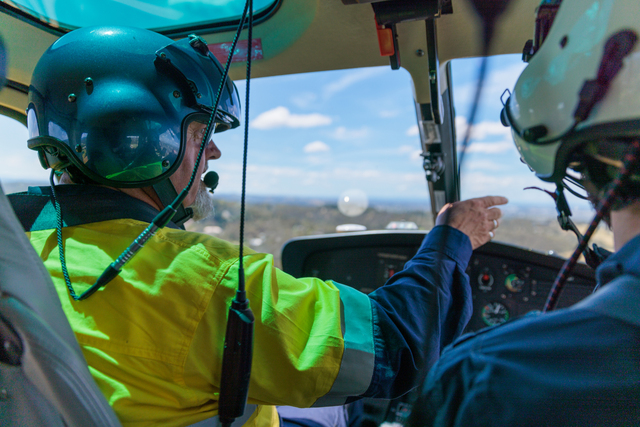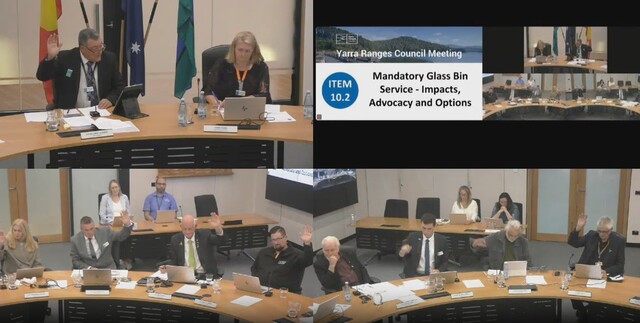The Desert Knows Her Name, by Upwey author Lia Hills, was recently launched at Belgrave Library.
An interview with the award-winning poet and novelist was provided by The Star Mail’s journalist Gabriella Vukman on May 25.
“I always hold a launch out here in the hills in order to celebrate with the local community who are very supportive,” Hills was quoted as saying.
“I often write on my back verandah surrounded by huge messmates and I am very much embedded in the natural world.”
The author’s third novel is exquisitely lyrical and reads like a piece of nature writing.
Set in the fictional town of Gatyekarr in Wimmera, the desert-like region in western Victoria, the story begins with a girl walking barefoot out of the desert and finding sanctuary with Beth, a regenerative farmer and seed collector.
As the girl can’t or won’t speak, Beth enlists the help of local pub owner Nate in trying to decipher the mysteries surrounding her arrival. But the emergence of the “desert girl” unsettles the
community, right on the eve of a festival celebrating the town’s 150 years of history.
Old tensions erupt, revealing dark secrets.
Through the eyes of Beth and Nate, we see the town struggling to remember and reconcile with its violent past.
Meanwhile, there are gossips, speculations and wild rumours, not to mention those outsiders hoping to benefit from the situation.
With that said, this is not an ordinary novel relying on the “small town with a dark secret” trope.
Instead of the thrill of action-packed investigation and ultimate revelation, readers are invited to engage with the characters and observe their connections with the land, where all answers are hidden.
Indeed, the third and omnipresent narrator of the story may well be the land itself, which offers a reverse chronology tracking the girl’s journey out of the desert. Its voice mixed with the
mesmerising sounds and movements of local flora and fauna, the land gently and consistently asks us to listen:
“The wind calms and the land speaks. What came before. What will follow. Listen deeply, ever deeper. You remember how and why.”
These sentences at the end of the story echo the words of poet John Shaw Neilson quoted on the book’s first page: “The silent shall speak, and the ears of / The deaf shall be shaken with sound.”
Not just Neilson, but those wildlife and plants indigenous to the Wimmera region are meticulously researched and vividly presented in the story, especially throughout Beth’s narration.
The character’s devotion to reviving the farm has helped instil a sense of responsibility and urgency to protect the nameless and silent girl – a symbol of the land.
But whether or not the girl is identified is beyond the point, as it is how those around her respond to her presence that is the story’s focus.
As Hills explains: “What would be the story they would project onto her and how does that relate to their relationship with the land?”
Highly recommended.







